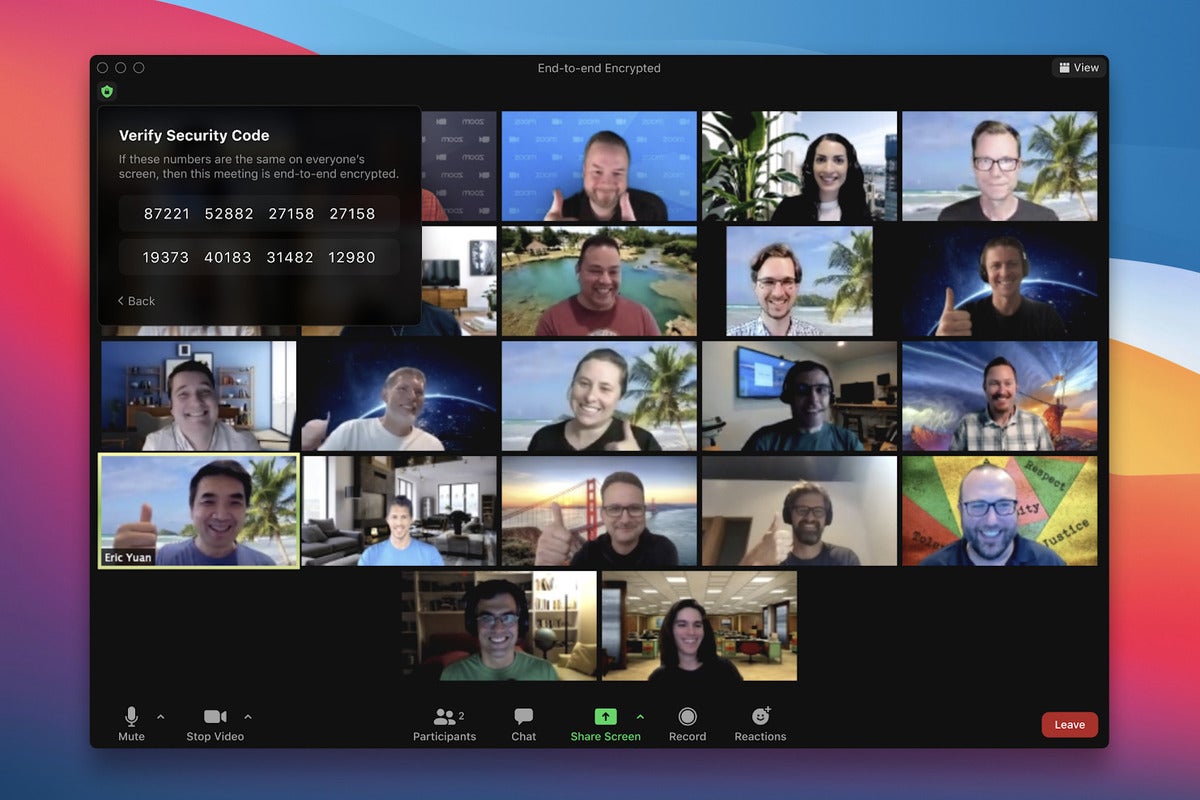Q&A: Cisco CIO sees AI embedded in every product and process

Less than a year after OpenAI’s ChatGPT was released to the public, Cisco Systems is already well into the process of embedding generative artificial intelligence (genAI) into its entire product portfolio and internal backend systems.
The plan is to use it in virtually every corner of the business, from automating network functions and monitoring security to creating new software products.
But Cisco’s CIO, Fletcher Previn, is also dealing with a scarcity of IT talent to create and tweak large language model (LLM) platforms for domain-specific AI applications. As a result, IT workers are learning as they go, while discovering new places and ways the ever-evolving technology can create value.





